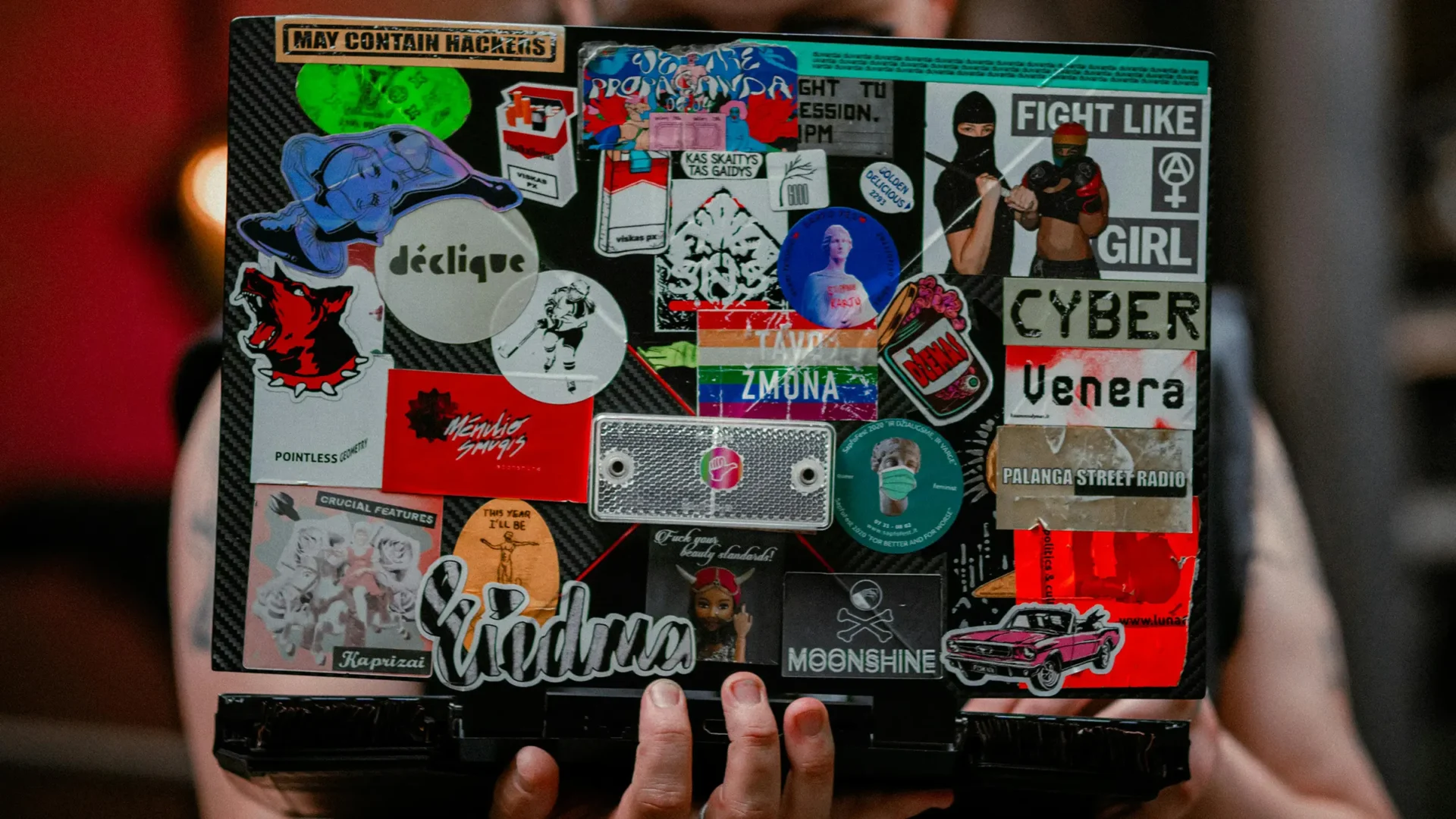A design’s functional, cultural, and emotional significance to those who use it.

Products, services, and systems can have very different meanings for different people depending on the person’s background and the experience design scene. For example, consider design outcomes created to hold liquid for drinking:
- Water Glass: holds water for drinking
- Champagne flute for a wedding reception: memento that will be cherished for decades
- YETI Tumblr: Technologically advanced drinking container that defies the elements.
While each of these outcomes holds liquid for drinking, they mean something very different for different people.
Different designs can mean the same thing to people depending on their historical context. In the 2010s, smartphones are synonymous with “freedom” for 13 year-olds just as cars meant “freedom” for teens in the 1950’s. The meaning of a design can shift depending on contextual factors and on personal viewpoints.
Researching Meaning
Researching a product’s meaning reveals what value people place on it in a specific context. This research can help designers understand how it is positioned in a context—regardless of whether those who created it intended it to have this meaning or not. Researching meaning helps designers define a product, service, or system’s role, and it also sheds light on who assigns this role to the design.
Questions to Ask
- What do people say is valuable about this product/service/system?
- What about the design causes people to place this meaning on it?
- Was the design intended to have this meaning?
- How did this design get its meaning?
Look For…
- Emotional reactions
- Ways people embrace and support it
- How much people pay for it
- How many times they use or visit it
- Ways people align themselves with it
- How long people keep the design after its initial use
Keywords
Sources
Design
Jääskö, V., & Mattelmäki, T. (2003, June 23-26). Observing and probing. Proceedings from 2003 international conference on designing pleasurable products and interfaces (DPPI ‘03), Pittsburgh, PA.
Pater, R. (2016). The politics of design : a (not so) global manual for visual communication. BIS Publishers.
Humanities
Winner, L. (1980). Do Artifacts Have Politics? Daedalus, 109(1), 121-136.